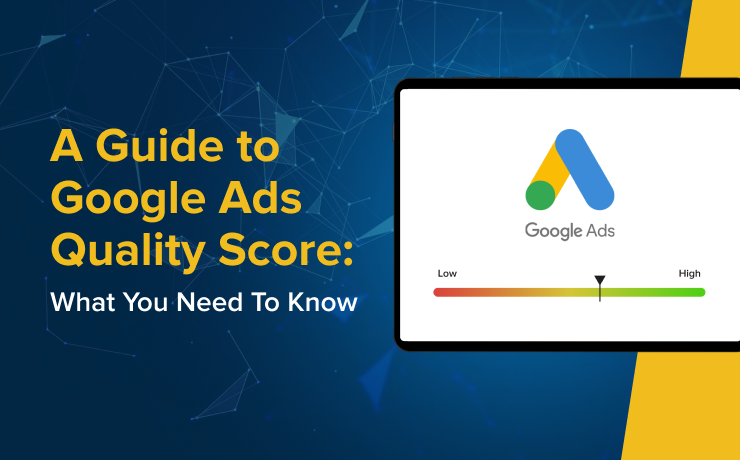The Battle-tested Performance Max Build For High-ticket Items

Benton Huynh
PPC Analyst, eCommerce Specialist

Google Ads is an excellent platform for promoting your high-value products. By ‘high-value’, we generally mean products priced at $500 or above. At SmartSites, we have perfected a method for leveraging Performance Max to its maximum potential while marketing such higher-ticket products.
In this post, we delve into our unique Performance Max strategy, explore the reasons behind our approach, and demonstrate how to use it to enhance the performance of your high-value products.
The Power of High-Ticket Products
High-ticket products offer significant “product economics”. In other words, their high price tags mean that each sale generates substantial revenue. Let’s consider an example.
The chart above illustrates the potency of high-ticket products in a market where advertising costs are rising. The yellow sections represent our inputs, with everything else remaining constant except for the average order value and the conversion rate. As product prices increase, conversion rates typically decrease, so we have factored this into our example.
As you can see, profitability with lower-value products is challenging unless there is a high repeat customer rate or frequent purchases. Conversely, even as conversion rates decrease, profits increase as the average order value rises. This increase is due to the inherent economic strength of the product, enabling average ads and metrics to deliver exceptional results.
The Strategy
Now it’s time to get into the nitty-gritty! Although our strategy may seem unconventional, there’s a solid rationale behind it.
Consider an online store selling fireplaces. They might have categories such as indoor fireplaces, outdoor fireplaces, and fireplace tables. We design a separate Performance Max campaign for each category that the client wishes to promote.
So, how are we going to develop this Performance Max Campaign?
Let’s get to the first step: The asset group
The initial step involves creating an asset group, which comprises headlines, images, videos, long headlines, and descriptions.
If we’re crafting a Performance Max for “indoor fireplaces”, all assets will align with this category. In other words, all headlines, images, videos, and descriptions will focus solely on indoor fireplaces. This asset group is then replicated five times – a technique that might seem odd but is part of our proven process.
Once our asset group is packed with relevant data and assets, we move on to audience signals.
Audience Signals
Audience signals are crucial as they direct our ads to the desired audience.
In our particular approach, all audience signals are isolated. Although some may argue that this isn’t Google’s best practice, it’s important to note that we do this for testing purposes.
As mentioned earlier, you’ve duplicated the asset group five times, and each of these will contain a distinct isolated audience signal.
Recommended audiences to test include:
- Keywords
- Competitor Websites
- In-Market Audience
- Affinity
- Warm
- Life Events
- Apps
To clarify, one asset group will feature an audience signal consisting solely of Keywords. Another group, containing identical assets, will employ a different audience signal, like Competitor Websites.
We adopt this approach to determine which audience signal triggers conversions. Since each audience signal has its separate listing group, we can pinpoint where our conversions are originating.
It’s also crucial to remember that the budget of the Performance Max is shared among multiple listing groups. Hence, you might need to run the campaign for a longer period before making decisions, ensuring each product receives adequate funding. Depending on the client’s risk tolerance, we can adjust the product cost anywhere between 0.5x and 1x.
Optimization & Scaling
After letting the campaign run to gather data, it’s time to analyze this information and optimize the campaign.
We’ll proceed to the listing group section of the Performance Max Campaign to determine which audience signal yielded the best results.
To simplify this process, we recommend renaming the asset groups to match the target audience signal.
You may find that certain audience signals excel. For instance, if Warm Audiences and Keywords perform well, you’ll want to duplicate the asset group and combine Warm Audience and Keywords within the same audience signal.
Keep the original, high-performing asset groups active but create a new asset group and audience signal based on the data from the original test.
Remember, you aren’t limited to merging just two signals. If three or four signals prove effective, incorporate them all into a single audience signal.
This step aligns the new asset groups with Google’s best practice criteria. It ensures that you’re not only adhering to recommended guidelines but also maximizing your advertising potential.
 Free
Consultation
Free
Consultation Free
Google Ads Audit
Free
Google Ads Audit







